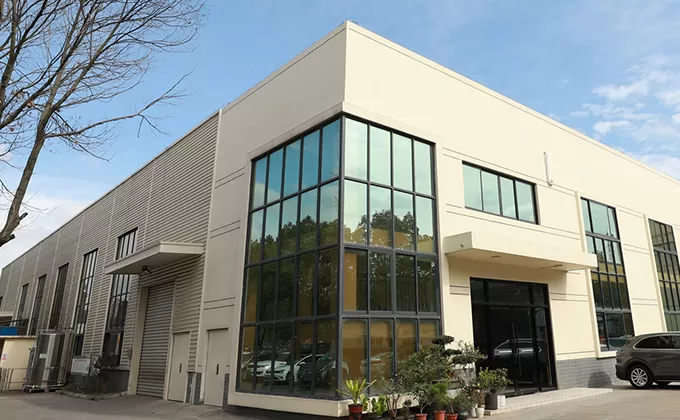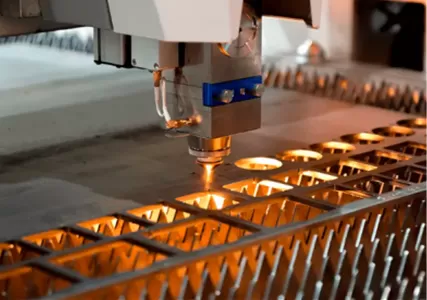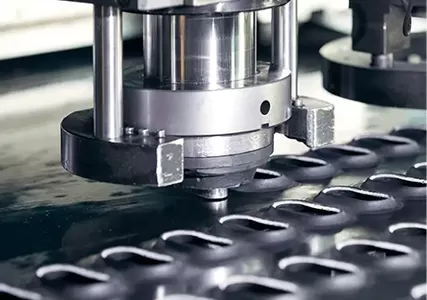Company
Sharp Century Company is headquartered in Taipei, Taiwan. We are a professional manufacturer specializing in the production of construction machinery, steel structures, and sheet metal processing. We adhere to the business philosophy of "Quality First, Customer Foremost," and are committed to providing our customers with high-quality products and excellent services.

Company
Core Values
Customer-Centric Approach
We are committed to providing products and services that exceed customer expectations, with a focus on meeting and surpassing their needs.
Transparency and Compliance
We adhere to transparent and compliant business practices, taking responsibility for our employees, customers, and society.
Innovative Mindset
We encourage breakthrough thinking and pursue continuous improvement.
Certificates
Structure
Senior Management
General Manager: Develops strategies, coordinates resources, and makes decisions on the company’s development direction.
Chief Technology Officer (CTO): Oversees process research and development, and establishes technical standards.
Production Director: Manages production planning, optimizes efficiency, and ensures delivery schedules.
Sales Director: Expands market reach, maintains customer relationships, and drives order growth.
Production Department
Production Planning Section: Manages order scheduling, material progress, and capacity coordination.
Sheet Metal Workshop: Performs material cutting, bending, welding, and surface treatment.
Assembly Workshop: Conducts final assembly, testing, and packaging of products.
Technical Department
Process Engineering: Optimizes manufacturing processes and designs tooling fixtures.
Product Design: Translates customer drawings into 3D models using CAD/SolidWorks.
Quality Management Department
Incoming Material Inspection: Checks the specifications and quality of raw materials.
In-Process Inspection: Monitors production processes to ensure compliance with technical standards.
Final Inspection and Shipping: Conducts comprehensive inspections of finished products to ensure they meet customer requirements.
Supply Chain Department
Purchasing Section: Procures raw materials such as steel and aluminum sheets.
Warehouse and Logistics: Manages materials, controls inventory levels, and arranges shipments.
Sales and Customer Service
Business Development: Engages with customer needs and provides quotation proposals.
After-Sales Service: Handles customer complaints and coordinates repairs or replacement parts.
Administrative Support
Human Resources, Finance, and EHS Management.
R&D

In the sheet metal processing industry, the company's research and development process is typically divided into five stages:
Requirement Analysis: Communicate with customers to clarify product functions, dimensions, and performance requirements.
Structural Design: Utilize CAD/SolidWorks for 3D modeling to optimize manufacturability.
Process Development: Determine processing solutions such as cutting, bending, and welding, and design fixtures and molds.
Prototype Manufacturing: Conduct small-scale production and testing, and adjust process parameters.
Mass Production Optimization: Improve efficiency and yield, and ensure stable delivery.
Services
Laser Cutting

One of the key methods for cutting metal sheets is laser cutting. Laser cutting employs a high-energy beam, amplified through lenses or mirrors, to burn or vaporize the material in order to form a cut. This is an extremely fast and precise method for sheet metal cutting. Additionally, due to the small heat-affected zone, the likelihood of warping is minimized. CO₂ and fiber lasers are the most commonly used types, capable of cutting materials up to 20 millimeters in thickness.
Stamping

Sheet metal stamping employs a cutting mechanism similar to that of a guillotine, but it utilizes shaped metal tools—known as dies—to perform the cutting. The die is forced into the metal sheet at high speed to punch holes in it. Dies in standard shapes such as circles, squares, and rectangles are commonly used, but custom tools can also be made to stamp more complex shapes. Due to the cost of manufacturing dies, this method is more suitable for large-scale production.
Bending

Bending is a fundamental manufacturing process for forming sheet metal into functional components. A machine called a press brake is used to bend the metal sheet. This machine consists of an upper tool (punch) and a lower tool (V-die). The material is placed between the tools, and the punch is pressed downward into the V-shaped die to form the bend. The bending angle is determined by the depth to which the punch is pressed into the V-die.